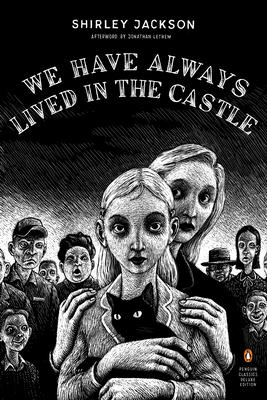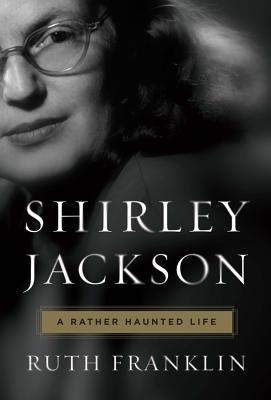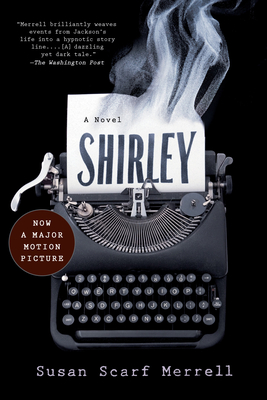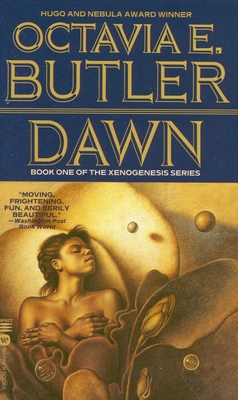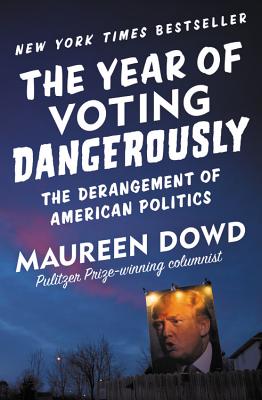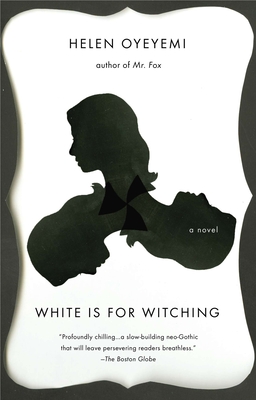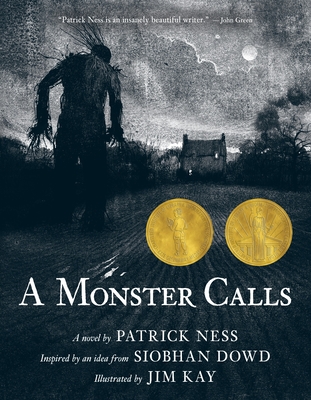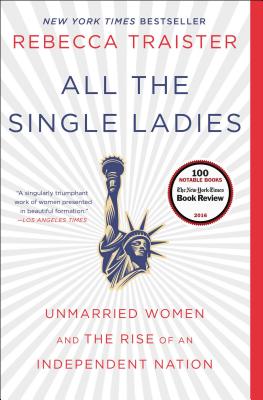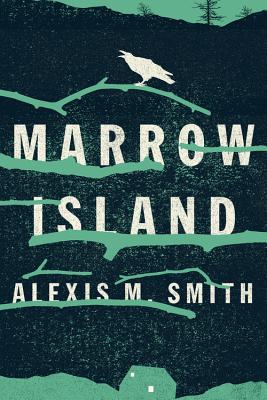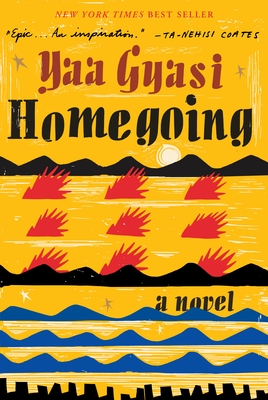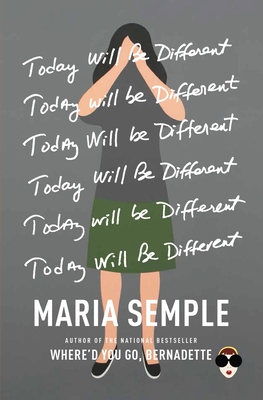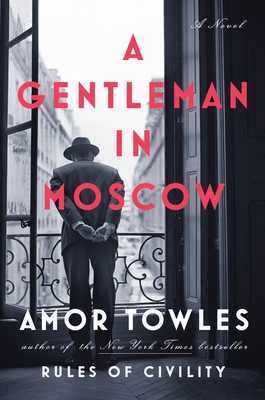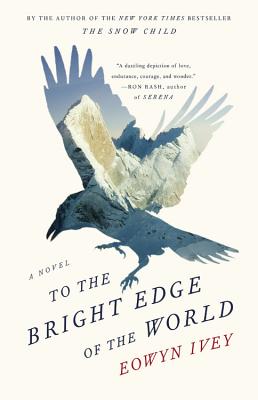Winner of the 2015 National Book Critics Circle Award in Fiction, named one of the best books of 2015 by The New York Times Book Review and the Wall Street Journal, and now winner of the Man Booker Prize for Fiction (the first American to do so), Kalani say, "Read this book,"
The Sellout by Paul Beatty
This is what absurdist social commentary is all about! Beatty tackles the always hot-button issue of race beautifully in this satirical masterpiece of a black urban farmer who attempts to resegregate his hometown. This is as funny as it is deeply thought-provoking. One of the best, most entertaining novels I've read in awhile. -Kalani
A biting satire about a young man's isolated upbringing and the race trial that sends him to the Supreme Court, Paul Beatty's The Sellout showcases a comic genius at the top of his game. It challenges the sacred tenets of the United States Constitution, urban life, the civil rights movement, the father-son relationship, and the holy grail of racial equality the black Chinese restaurant.
Born in the "agrarian ghetto" of Dickens on the southern outskirts of Los Angeles the narrator of The Sellout resigns himself to the fate of lower-middle-class Californians: "I'd die in the same bedroom I'd grown up in, looking up at the cracks in the stucco ceiling that've been there since '68 quake." Raised by a single father, a controversial sociologist, he spent his childhood as the subject in racially charged psychological studies. He is led to believe that his father's pioneering work will result in a memoir that will solve his family's financial woes. But when his father is killed in a police shoot-out, he realizes there never was a memoir. All that's left is the bill for a drive-thru funeral.
Fuelled by this deceit and the general disrepair of his hometown, the narrator sets out to right another wrong: Dickens has literally been removed from the map to save California from further embarrassment. Enlisting the help of the town's most famous resident the last surviving Little Rascal, Hominy Jenkins he initiates the most outrageous action conceivable: reinstating slavery and segregating the local high school, which lands him in the Supreme Court.


